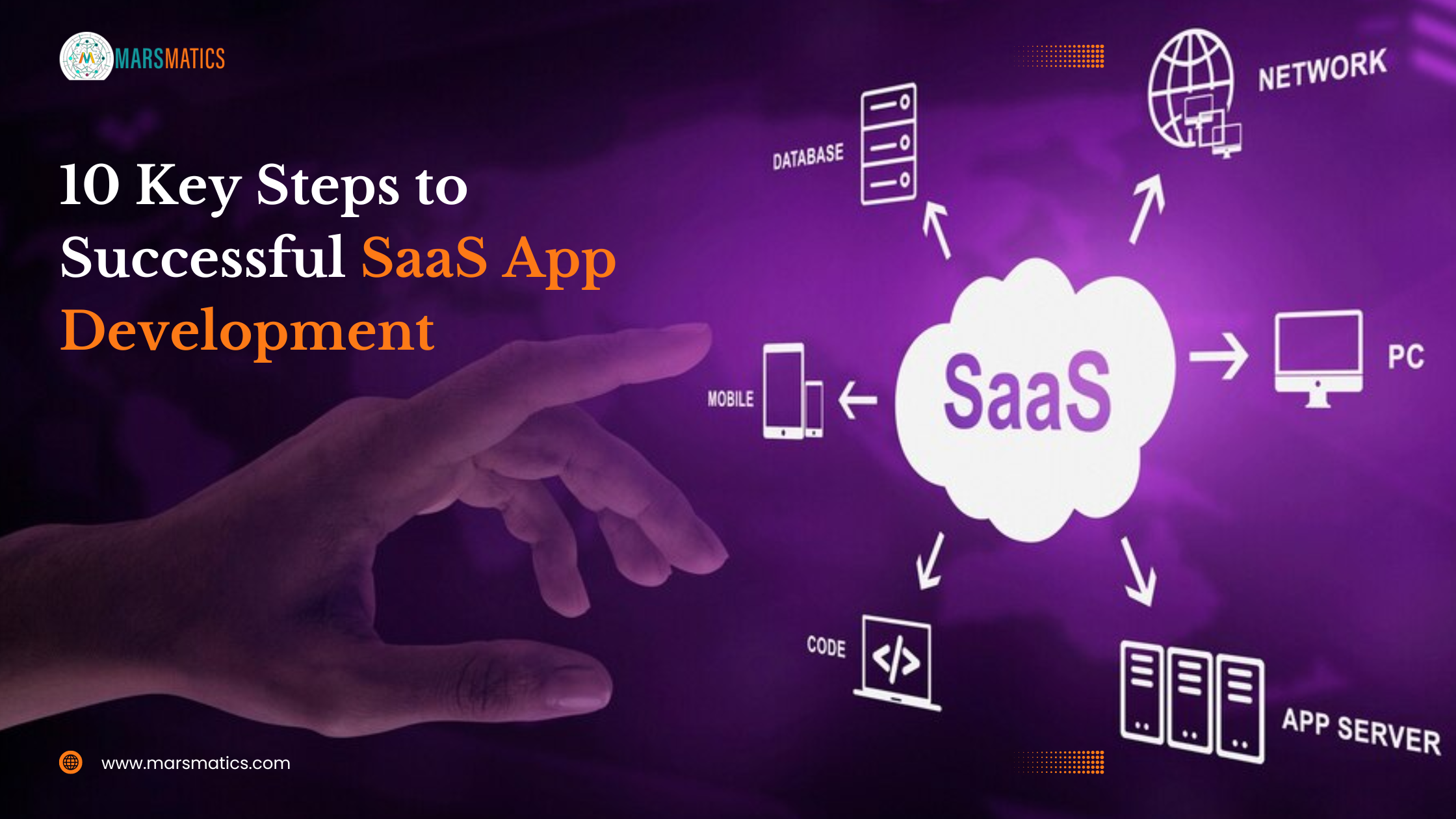10 Key Steps to Successful SaaS App Development
In the present modernized age, SaaS App Development (SaaS) applications have transformed into a fundamental piece of both individual and business life. From project executives instruments to correspondence stages, SaaS software development applications offer comfort, openness, and versatility.
In any case, fostering a successful SaaS application requires cautious preparation, execution, and ceaseless improvement.
In this article, we’ll explore the 10 key steps to ensure your SaaS platform development improvement project is smooth and successful.
Step 1: Define Your Objectives:
Prior to jumping into improvement, it’s vital to obviously characterize your goals. What issue does your SaaS application tackle? Who are your objective clients? What highlights are fundamental for your application’s prosperity? Understanding your objectives will guide the entire advancement process and keep your team focused on what matters most.
Step 2: Conduct Market Research:
Conducting statistical surveys is fundamental to identify your target audience’s needs and preferences. Analyze competitors, conduct surveys, and gather feedback to better understand market demands. By knowing your opposition and understanding client assumptions, you can fit your SaaS app development to hang out on the lookout.
Step 3: Create a Detailed Plan:
A thoroughly examined plan is the foundation of effective SaaS development process improvement. Characterize project achievements, distribute assets, and lay out a course of events for each period of improvement. A point by point plan guarantees straightforwardness, responsibility, and proficient venture of the executives all through the improvement lifecycle.
Step 4: Choose the Right Technology Stack:
Choosing the proper innovation stack is vital for the presentation, adaptability, and upkeep of your SaaS software development. Consider factors like programming dialects, systems, and information bases that line up with your project requirements. Picking the right innovation stack will establish a strong starting point for your application’s success.
Step 5: Design User-Centric Interfaces:
Client experience (UX) plan assumes a significant part in the progress of any SaaS application. Plan instinctive points of interaction that focus on convenience and openness. Lead client testing to assemble criticism and emphasize on your plans to guarantee a consistent client experience.
Step 6: Develop Core Features:
Center around creating core elements that effectively address your client’s necessities. Begin with minimal viable product (MVP) development. Gradually add new features based on client feedback and market demand. Focus on usefulness over intricacy to convey worth to your clients all along.
Step 7: Carry out Hearty Safety efforts:
Security should be a primary focus in SaaS application development. Execute strong safety efforts to safeguard client information, forestall unapproved access, and guarantee consistent with industry guidelines like GDPR and HIPAA. Moreover, conduct regular security audits and updates to reduce potential vulnerabilities
Step 8: Test Thoroughly:
Intensive testing is fundamental to recognize and determine any bugs or issues prior to deploying your SaaS app development. Lead unit testing, combination testing, and client acknowledgment testing to ensure the application performs as expected across various devices and platforms. Additionally, continuous testing throughout the development cycle maintains quality and reliability.
Step 9: Deploy and Monitor Performance:
Send your SaaS application on a solid facilitating framework and screen its exhibition intently. Use checking instruments to follow key measurements. For example, reaction time, uptime, and client commitment. Proactively address any presentation issues to give a consistent encounter to your clients.
Step 10: Accumulate Client Criticism and Repeat:
When your SaaS application is live, accumulate client criticism persistently to recognize regions for development. Listening to client ideas, investigating utilization data, and prioritizing enhancements based on customer needs and market trends are crucial. Emphasizing feedback from clients is vital for staying competitive and ensuring long-term success.
Advantages of Utilizing SaaS App Development
-
Openness:
A SaaS app can be accessed anytime, anywhere, with an internet connection, providing users with unparalleled convenience.
-
Adaptability:
It offers versatility, permitting clients to handily change their utilization in view of their requirements, whether it’s adding more clients or moving up to higher-level plans.
-
Cost-viability:
SaaS software typically adopt a subscription-based pricing model, which removes the necessity for upfront investment in hardware or software licenses.
-
Programmed refreshes:
SaaS applications are consistently refreshed with new highlights and security patches, guaranteeing clients generally approach the most recent upgrades with minimal manual intervention.
Conclusion:
Fostering a successful SaaS app development requires cautious preparation, execution, and consistent improvement. By following the 10 key advances illustrated in this article, you can smooth out the improvement cycle, convey an excellent item, and offer some benefit to your clients. However, make sure to remain deft, pay attention to client criticism, and adjust to changing business sector elements to guarantee the drawn out progress of your SaaS application.








